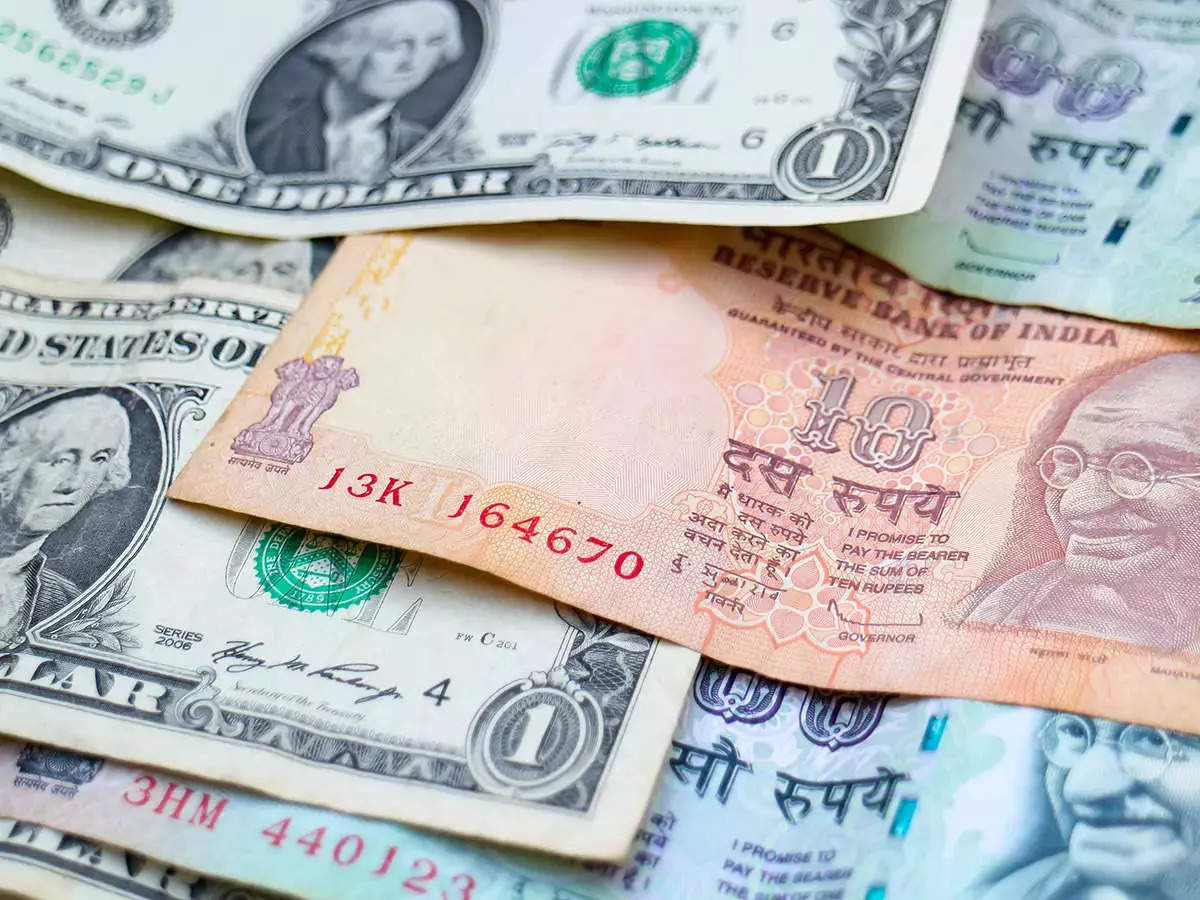The rupee hit a low of 84.4125 before ending at 84.3925, unchanged from its closing level in the previous session. The currency has fallen to record lows for five straight sessions.
Donald Trump’s victory in the U.S. election has boosted the dollar index, which has risen 1.8% so far this month.
On the day, the dollar index rose 0.3% to a peak of 105.87, its highest level since July, while most Asian currencies fell.
Despite dollar strength and outflows from local stocks, the rupee has fared better than a majority of its regional peers in recent sessions.
While the offshore Chinese yuan and the Thai baht have declined 1.2% and 1.6% in November, the rupee has weakened by 0.4%, supported by the central bank‘s routine interventions. State-run banks were spotted offering dollars on Tuesday, likely on behalf of the Reserve Bank of India, traders said. “As the dust settles after last week’s U.S. election results, global markets are settling into core trades of a firmer dollar, higher U.S. equities and higher terminal rate from the Fed,” ING Bank said in a note.
Overseas investors have pulled out nearly $3 billion from local stocks in November, adding to last month’s $11 billion outflow and keeping the rupee under pressure.
Benchmark Indian equity indexes, the BSE Sensex and Nifty 50, ended lower by 1% on the day, their fourth consecutive daily decline.
Investors awaited India’s consumer inflation data, due at 4:00 p.m. IST (10:30 a.m. GMT), and remarks from Federal Reserve policymakers later in the day.




